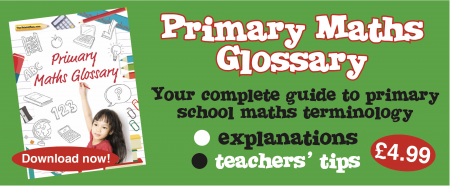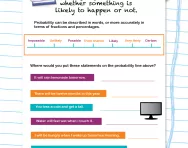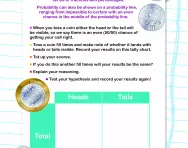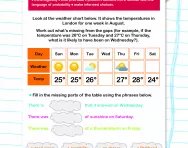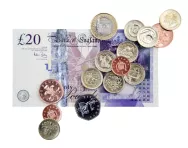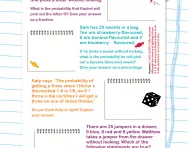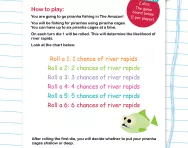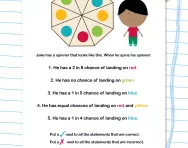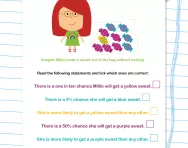Important update from TheSchoolRun
For the past 13 years, TheSchoolRun has been run by a small team of mums working from home, dedicated to providing quality educational resources to primary school parents. Unfortunately, rising supplier costs and falling revenue have made it impossible for us to continue operating, and we’ve had to make the difficult decision to close. The good news: We’ve arranged for another educational provider to take over many of our resources. These will be hosted on a new portal, where the content will be updated and expanded to support your child’s learning.
What this means for subscribers:
- Your subscription is still active, and for now, you can keep using the website as normal — just log in with your usual details to access all our articles and resources*.
- In a few months, all resources will move to the new portal. You’ll continue to have access there until your subscription ends. We’ll send you full details nearer the time.
- As a thank you for your support, we’ll also be sending you 16 primary school eBooks (worth £108.84) to download and keep.
A few changes to be aware of:
- The Learning Journey weekly email has ended, but your child’s plan will still be updated on your dashboard each Monday. Just log in to see the recommended worksheets.
- The 11+ weekly emails have now ended. We sent you all the remaining emails in the series at the end of March — please check your inbox (and spam folder) if you haven’t seen them. You can also follow the full programme here: 11+ Learning Journey.
If you have any questions, please contact us at [email protected]. Thank you for being part of our journey it’s been a privilege to support your family’s learning.
*If you need to reset your password, it will still work as usual. Please check your spam folder if the reset email doesn’t appear in your inbox.
What are probability / chance / likelihood?
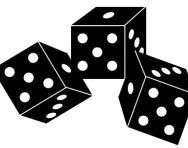
What is probability?
Probability tells us how likely something is to happen.
Probability can be described in words, or more accurately in terms of fractions and percentages.
Probability can also be shown on a probability line:

Learning about probability
Children may learn about probability as part of their learning about data handling. They may be given a question similar to the following:
Mary has these shapes in a box:
If she puts her hand in the box and takes a shape without looking, what is the probability that she will take out a triangular shape?
Children are expected to answer a question such as this with a fraction. In this case, the answer would be: 3/12 (because three of the 12 shapes she might pick are triangles). They may be asked to give this fraction in its simplest form, in which case, the answer would be 1/4.
Probability questions will often involve mention of spinners:
Katy has this spinner.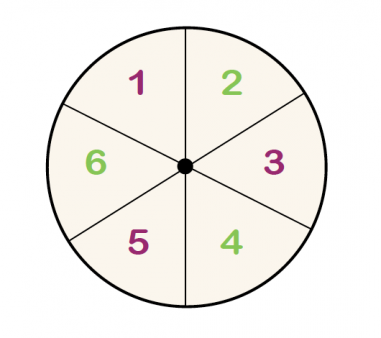
The chance of the spinner landing on an even number when she spins it is 3/6, which can be simplified to 1/2.
a) What is the chance of her getting a square number?
b) What is the chance of her getting an odd number?
Simplify your answers.
Answer: 1 and 4 are square numbers, so the chance of her getting a square number is 2/6, which can be simplified to 1/3. 1, 3 and 5 are odd numbers, so the chance of her getting these numbers is 3/6, which can be simplified to 1/2.
